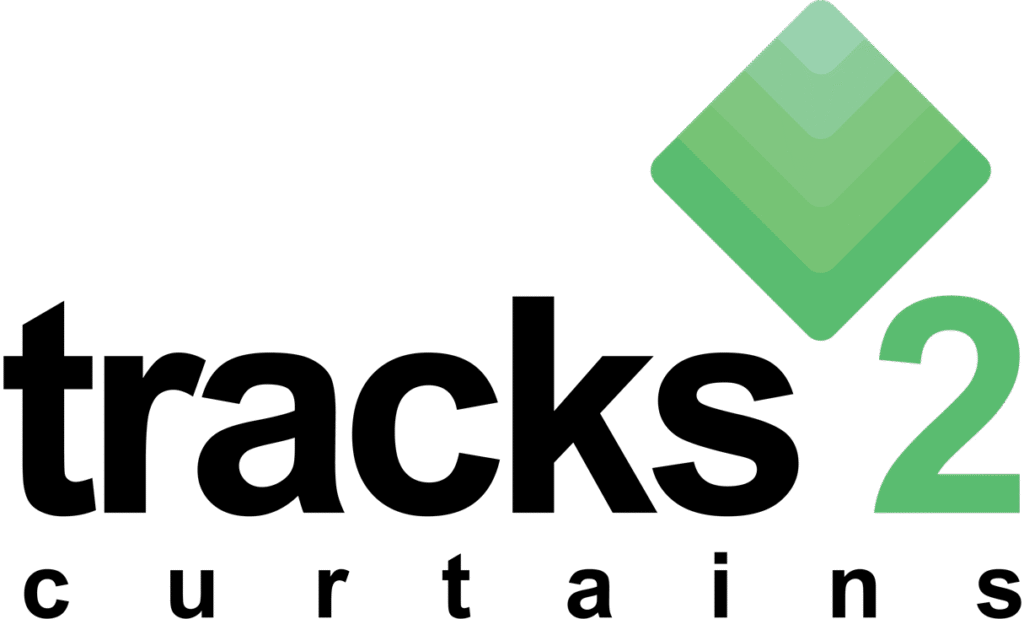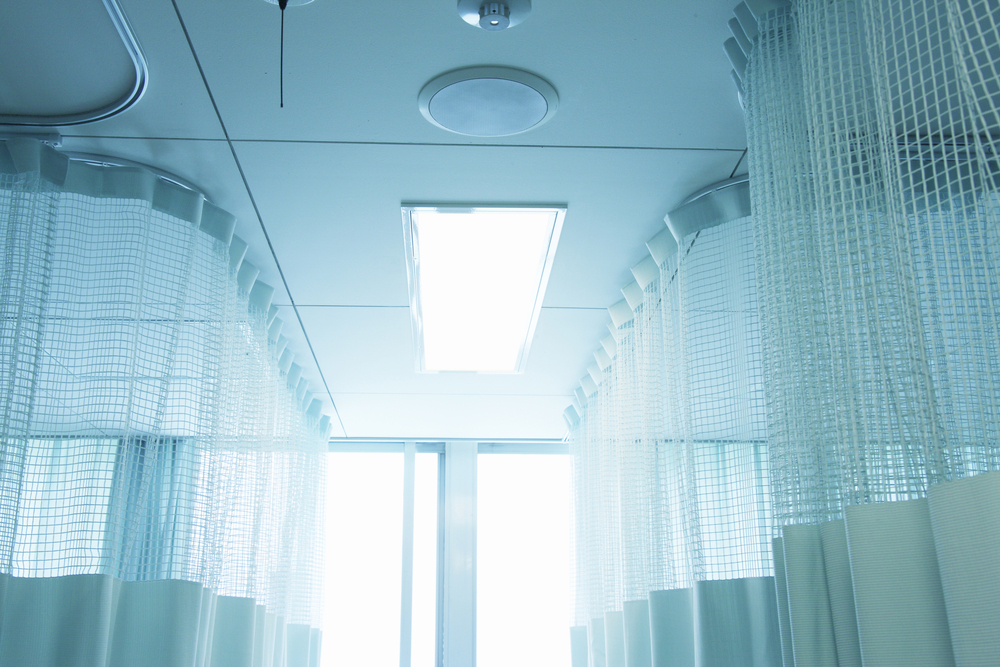In a hospital environment, every design element must serve a purpose—improving functionality, hygiene, safety, and comfort. One such crucial yet often overlooked component is the cubicle curtain track system.
More than just a privacy divider, curtain tracks play an essential role in infection control, staff movement, and patient experience. Choosing the right system can make a significant difference in hospital efficiency and compliance.
If you’re a hospital administrator, architect, or facility planner, this guide will help you understand how to select the ideal curtain track system tailored to your hospital’s needs.
1. Choose the Right Material: Go with Hospital-Grade Aluminium
Curtain tracks are typically mounted on ceilings or walls and are used frequently throughout the day. Therefore, material durability is the first consideration.
Why Aluminium?
- Lightweight, yet strong
- Rust-resistant and corrosion-proof
- Ideal for wet or high-humidity environments like ICUs or patient washrooms
- Easier to clean and maintain than steel or plastic variants
Tracks2Curtains manufactures high-quality extruded aluminium tracks, coated with powder or anodized finish to withstand long-term wear in healthcare settings.
2. Glider System: Smooth, Silent, and Hassle-Free
In a quiet ward or recovery room, the last thing patients want is the screeching noise of a curtain being pulled across the track. A poor glider system causes more than just noise—it creates friction, wear, and eventual failure.
What to Look For:
- Nylon or teflon-coated gliders for smooth, silent movement
- Anti-jump hooks that prevent the curtain from getting stuck or derailed
- Load-bearing capacity for heavier antibacterial or blackout curtains
Tracks2Curtains offers gliders designed for frictionless use, even with heavier medical-grade fabrics.
3. Understand Your Layout: Standard vs. Custom Shapes
Every hospital floor plan is different. Curtain track systems need to adapt—not the other way around.
Common Layouts Include:
- Straight Runs: For private patient rooms or exam cubicles
- U-Shaped or L-Shaped Bends: For semi-private bays or critical care units
- Ceiling-Suspended: When wall mounting isn’t possible or desired
Look for vendors who offer custom layout planning based on your architectural drawings or on-site measurements. Tracks2Curtains provides bending, cutting, and shape customization for even the most complex layouts.
4. Hygiene Compliance: Choose Easy-to-Clean, Removable Systems
Hygiene is non-negotiable in healthcare. Your curtain track system should support easy maintenance.
Features to Prioritize:
- Detachable track ends to remove and reinstall curtains quickly
- Closed profile design to prevent dust and germ accumulation
- Smooth surfaces for effortless cleaning
Combine these features with antibacterial, flame-retardant curtain fabrics for a fully compliant and safe setup.
5. Installation Support: On-Time and On-Point
You may select the best track system on paper, but without proper installation, it won’t deliver.
Why Professional Installation Matters:
- Guarantees structural integrity
- Avoids future maintenance costs
- Ensures alignment with hospital infrastructure standards
- Reduces disruptions to patient care during installation
Tracks2Curtains offers full installation services, including site inspection, material delivery, fitting, and post-installation checks—backed by trained professionals who understand the complexities of working in live hospital environments.
6. Don’t Forget Safety Features
In emergencies, your infrastructure shouldn’t become an obstacle. Here are a few safety features that elevate your curtain track system:
- Quick-release gliders to detach curtains instantly
- Fire-rated materials for compliance and protection
- Rounded track edges to avoid injuries during patient movement or equipment shifting
Tracks2Curtains’ products are built with patient and staff safety in mind, ensuring peace of mind in both routine care and critical situations.
7. Budget vs. Long-Term Value
You may find cheaper track systems on the market, but hospital environments demand performance over price.
Ask Yourself:
- Will this system last 5–10 years with minimal maintenance?
- Is it backed by a warranty or after-sales support?
- Does it meet healthcare-specific certifications or ISO standards?
With Tracks2Curtains, you’re investing in long-term durability, custom support, and product assurance—minimizing hidden costs over time.
Bonus: What Makes Tracks2Curtains the Right Partner
Choosing the right product is one thing—choosing the right supplier is another. With over 25 years of experience, Tracks2Curtains has built a reputation for:
- ISO 9001:2015 certified manufacturing
- Custom curtain track solutions for hospitals, clinics, and modular OT units
- Turnkey services from consultation to post-installation support
- Serving 100+ hospitals across India and abroad
From high-volume projects to specialized hospital wings, we ensure that your track systems are built to perform, built to last, and built for care.
Final Checklist Before You Decide
Here’s a quick checklist you can use before selecting your curtain track supplier:
✅ Is the material hospital-grade and corrosion-resistant?
✅ Are gliders smooth, durable, and silent?
✅ Does the system support custom layouts?
✅ Are hygiene and maintenance needs addressed?
✅ Is installation handled by trained professionals?
✅ Are safety and compliance features built in?
✅ Does the supplier offer end-to-end support?
If your answer is “yes” to all of the above—you’re making the right call.
Closing Note
Curtain tracks might seem like a small detail, but in the bigger picture of hospital design, they play a vital role in ensuring privacy, hygiene, and operational flow. By choosing a system that aligns with your facility’s needs, you’re not just ticking a box—you’re investing in better patient care and smarter hospital management.
Need help selecting the right track system?
📞 Speak to our consultation team today for a custom recommendation.


